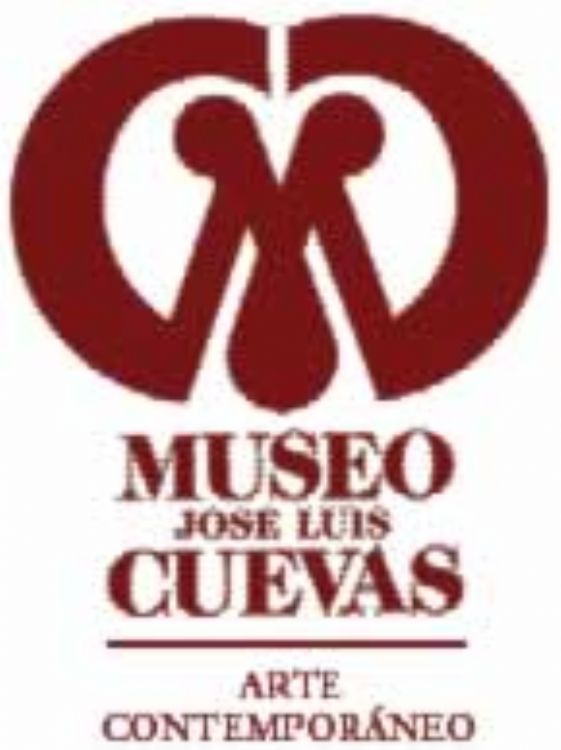
Electricity Generation In Mexico
Until 2013, Article 27 of the Constitution gave exclusive...

Loreto is a small city on the Gulf of California in the state of Baja California South. Its name was given upon the founding of the first mission on Californian lands. Today it is considered one of the places with the most tourist potential, which seeks to develop in this city maintaining its culture, tradition and respecting its atmosphere.
Some historians say that men inhabited these lands ten thousand years before Christ, settling in nomadic towns whose main activity was fishing and recollection. The town is mostly known for its paintings.
Before the time of the colony, these lands were inhabited by nomad tribes called Guaycuras and Pericues, who lived off of the abundant marine life, flora and occasional hunting, which provided them with all the necessary things to settle in this region.
On the second expedition of Hernan Cortes (1534), on the ship Concepcion, Fortin Jimenez killed Captain Diego Becerra and took possession of the ship. After a few days of sailing the ship Concepcion landed on a peaceful bay which is today known as La Paz bay. Fortin Jimenez thought he had landed on an island which had semi-nude indigenous inhabitants who were covered in pearls, spoke a different language, and had different features than those indigenous people of Spain. Jimenez´ crew proceeded to rape the women, and steal all the pearls from the village, which caused a reaction on the indigenous people who in defense murdered several Spanish men including Fortin Jimenez, who died without knowing he had discovered La Paz bay.
Upon Hernan Cortes´ second failure to discover new lands, and being that the survivors of Concepcion brought him the pearls they had found in the region, he decided to personally command his third expedition. After a long journey, on May 3rd 1535, Hernan Cortes sailed through the waters he named ¨Mar de Cortes¨, waters that surrounded the La Paz bay and that were originally known as ¨Mar Bermejo¨ because of its many different color tones going from blue to scarlet red. Cortes landed on La Paz Bay and named it ¨Puerto y Valle de la Santa Cruz¨. The discovery of this bay is the beginning of the colonial history for these lands of which Loreto plays a star role.
In the following years this region suffered a series of episodes caused by abandonment, pirate attacks, and the rebellion of the indigenous people, due to the fact that the distance from the rest of Spain made difficult the bringing of provisions. Needless to say this territory was difficult to conquer and colonize, not just because of its location, but because of the rebellious attitude of the indigenous people who refused to be conquered. This is why only the work of the missions that came to evangelize these lands were successful. I was this way that colonization really began in 1697, more than 150 years after its discovery, with the arrival of Jesuit Juan Maria de Salvatierra, who on October 25th founded the first mission which took the name ¨Mision de Loreto¨, due to the date of his arrival on which our lady of Loreto is celebrated, which is closely related with the actual city of Loreto.
It is important to mention the founding of this first mission for it is a transcendental act for these lands. It is the mother to the rest of the missions that Salvatierra founded along with a small group of adventurous monks in their intent to introduce Christianity to the native Californians. This process is known as ¨Epopeya¨ and was the origin of the founding of several cities such as La Paz, San Jose del Cabo, San Ignacio and some others. In 1768 on February 3rd this process came to an end when all the missionaries were expelled to the old continent.
At the end of the colonial period, California was divided in two; ¨Alta California¨ with Monterrey at the top, and ¨Baja California¨ with Loreto as its capital, each with independent governments. Although Mexico had won its independence on September 27, 1821, the peninsula of California was still under Spanish control until 1822 due to the distance. Ironically the same thing that delayed its colonization also delayed its independence. Eight years later (1830) La Paz was named the capital of Baja California because Loreto was destroyed at this time. There was an invasion of North America to Baja California South and on February 2nd, 1848 through the treaty of Guadalupe Hidalgo, after an exhaustive battle, a peace treaty was signed between United States and Mexico in which Mexico turned over the states of New Mexico, Arizona, Texas, a part of Colorado, Nevada, Utah, and California. After these acts came the contemporary period in which Loreto found its future as one of the main cities of Baja California, and in 1922, in response to the demands of its inhabitants, the old capital of the Californias becomes the fifth county of the state.
This peaceful and traditional city in 2005 had 11,839 inhabitants, representing a little less than 3% of the total state population. Of the total nearly 6,200 are men and the rest women. The land extension of the county is 4,311 squared kilometers representing close to 6% of the state of Baja California and giving it a density of 3 inhabitants per squared kilometer. Of these 233 kilometers are coast and 5 islands.
Its economically active population is over 4,600 with an occupation average of 59% (statistics from 2000 presented by INEGI) mainly oriented to the third sector (63% of total) where tourism and commerce are the main activities.

Until 2013, Article 27 of the Constitution gave exclusive...

The oil industry in the world has changed dramatically in...


As is known to all, on September 15 is celebrated in Mexi...

.jpg)
Mexico offers mountain climbers tempting peaks to explore...

There are many places in Mexico where you can practice th...

